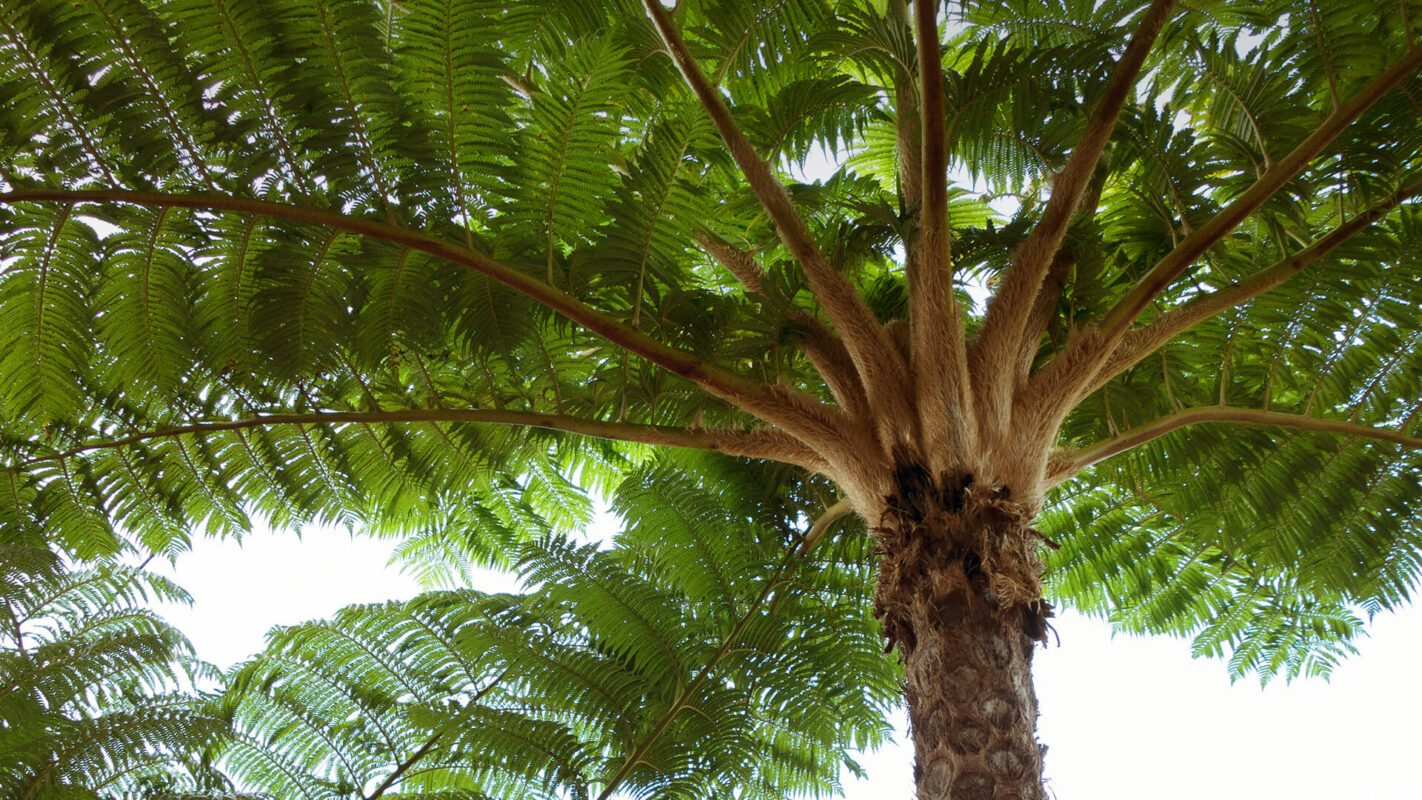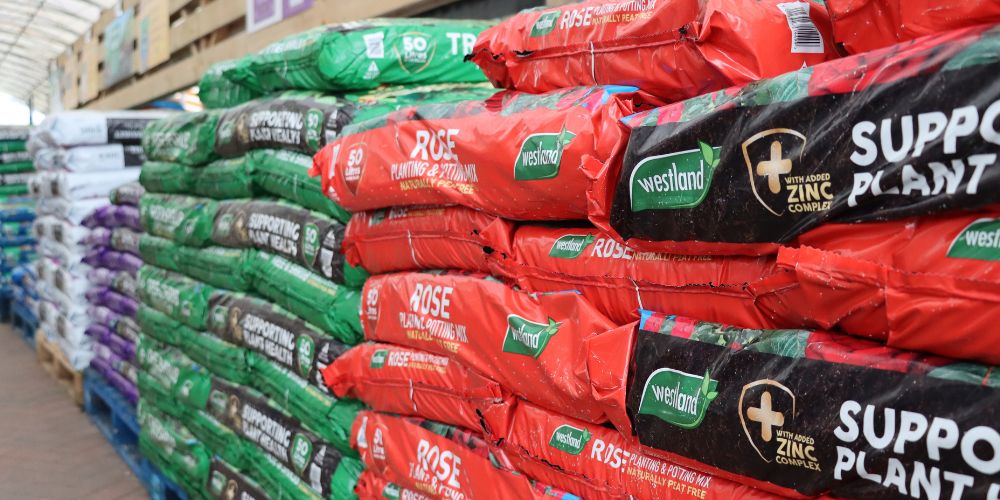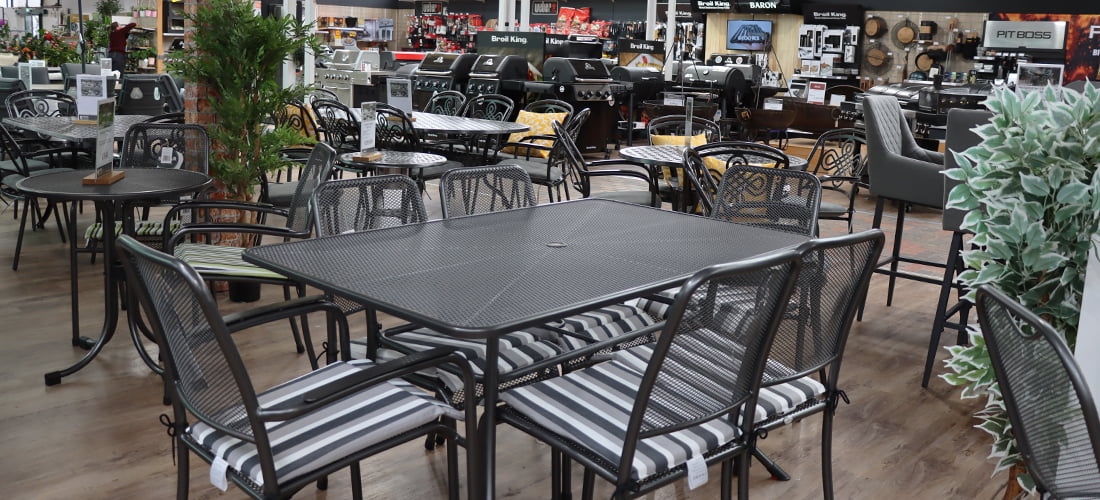In old, well-grown specimens, the wide-spreading crown of fronds may be seen to rise at a distance, above the ground from a thick stem. Dryopteris filix-mas (Common Male Fern) is the most common example. Higher and thicker trunks are occasionally presented by Osmunda regalis (Royal Fern), growing up to 75cm height. Some tropical members and allies of these genera are more tree-like, e.g. Todea. Pteris also has some sub-arboreal forms. Oleandra is branched and shrub-like, while Angiopteris and Marattia may also rise to 75cm or more. But the tree ferns proper are included in the family Cyatheaceae.
This includes 7 genera: Cyathea, Alsophila, Hemitelia, Dicksonia, Tizyrsopteris, Cibotium and Balantium. A few are herbaceous, but the majority arboreal and palmlike, frequently reaching a height of 15m+. Alsophila excelsa can grow to 25m. Its fronds may reach 7m in length. The stem may branch into many crowns.
DICKSONIA VARIETIES
Dicksonia fibrosa: an attractive tree fern with a large, spreading crown of dark green fronds and a soft, fibrous trunk. 3m height with fronds up to 2.5m. Easily grown and adaptable, likes cool, moist conditions out of strong winds, and a moisture-retentive soil. Tolerates temperatures below -6°C. Protect trunk in winter.
Dicksonia squarrosa: a slender black trunk covered in yellowish-brown hairs, grows up to 3m. The rough fronds are dark green on top and paler underneath, forming a graceful spreading crown. When mature it can regrow from lower down the trunk if the crown is killed. May be damaged at temperatures below -5°C. Ideal for the shady greenhouse or conservatory, or in tubs in a rich, moist compost.
PLANT CARE
Older ‘recycled’ tree ferns have proved hardier than young plants. Nevertheless, protect young fronds from frost with a handful of straw or bracken placed in the top of the stem. Avoid alkaline conditions, strong sunlight, windy exposed positions or draughty corners.
The delicate fronds are designed to flourish in humid conditions, so special attention must be paid to moisture levels all year round. In hot, dry periods, soak the root ball and spray the foliage and fibrous trunk regularly. Throughout the rest of the year, ensure the fern is watered thoroughly through the centre of the stem, as they absorb moisture through the stem more readily this way. Small-leaved deciduous trees provide the perfect protection and setting: the lightly dappled shade they offer is ideal for tree ferns. Shade cast by buildings often causes draughts.
WINTER PROTECTION
POSITION
SOIL MIX
WATERING
.
FEEDING
.
PLANTING FERNS
.








